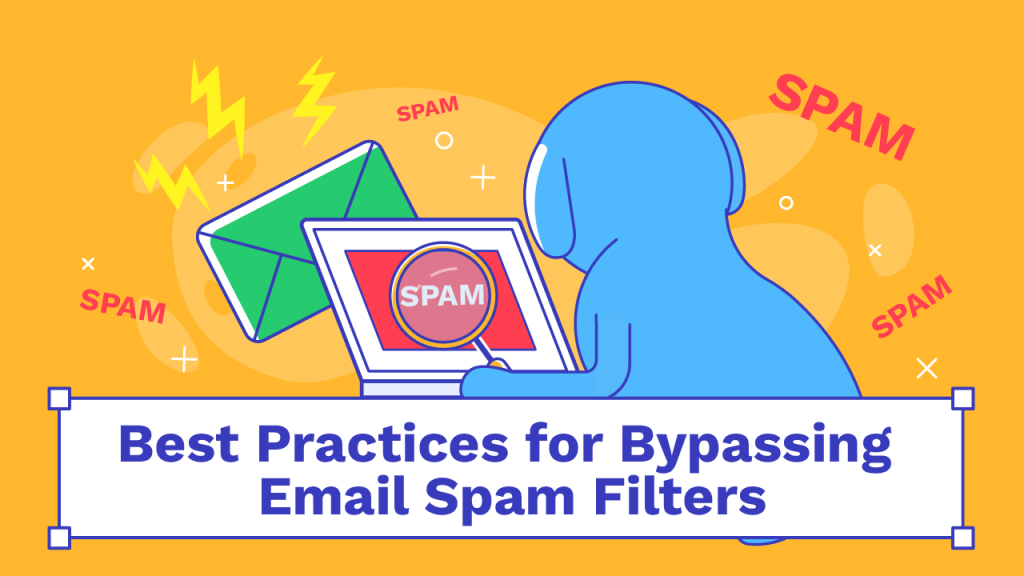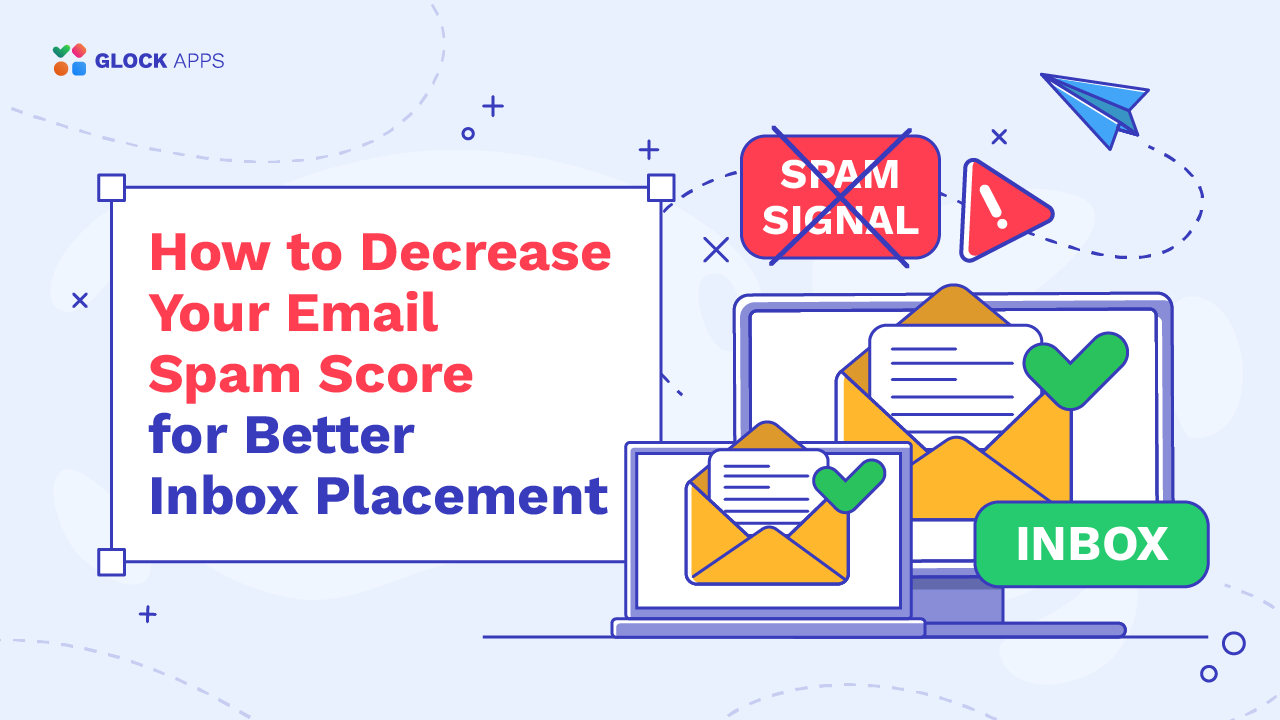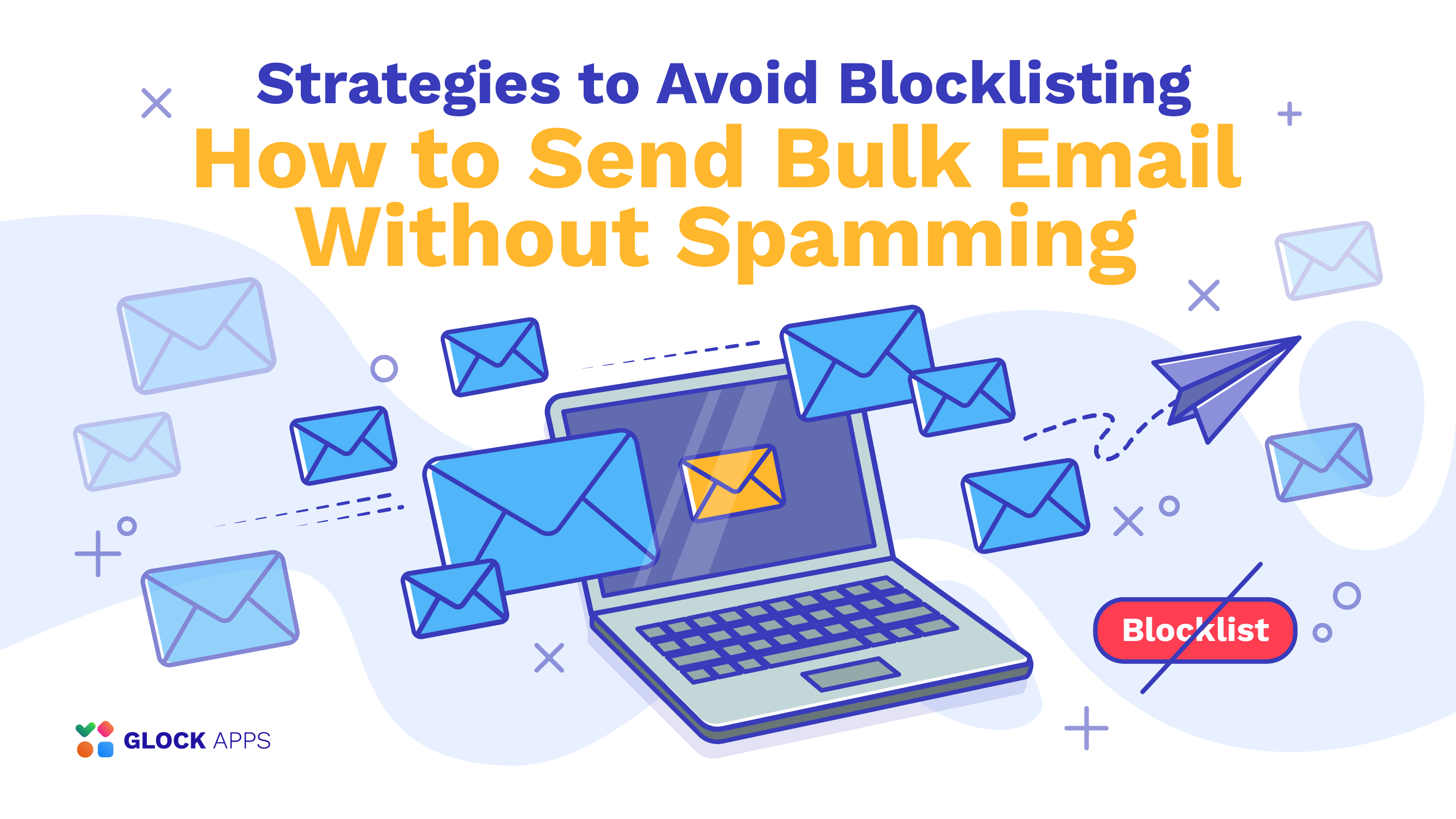Best Practices for Bypassing Email Spam Filters

Estimated reading time: 7 minutes
Email remains a top channel for marketers because it’s still one of the best and most efficient ways to reach out to the target audience. It gives you complete control over the messaging, design, and timing without putting you in dependence of changing search algorithms or fluctuating ad pricing.
However, email has its pitfalls. It’s not as simple as hitting “Send” anymore. The email will be subject to the spam filters – there’s no assurance that it will make it to the inboxes of your recipients or display correctly in their email clients.
In order to make your email marketing effective, check the recommended practices on how to bypass spam filters and significantly increase the chances of your message being delivered and rendered correctly.
How Email Spam Filters Work
When spam filters were initially deployed, they were simple and mostly used keywords to identify emails that might be spam. Since then Internet service providers have made substantial changes to their email filtering protocols to enhance inbox protection against unsolicited messages.
These days, to differentiate good messages from spam, email spam filters utilize more advanced technologies including email authentication protocols like DKIM, SPF and DMARC, as well as sender reputation, and user behavioral metrics.
Email senders who have a lot of opens and clicks on their messages typically have better ratings and get more emails delivered in the inboxes. On the other hand, senders whose email communications are deleted, unopened, or designated as spam receive a lower score and a higher Spam placement ratio.
How to Avoid Spam Filters When Sending Emails
Considering different factors that are evaluated by the email spam filters to differentiate between legitimate messages and email spam, email senders must have a complex approach to their email marketing program in order to successfully pass through the toughest spam filters and deliver their messages to the recipient’s inboxes.
Below are the recommended practices for the sending environment configuration, message creation, and monitoring, which implementation can significantly increase the email’s chance to bypass email spam filters:
- Configure Your Sending Environment.
Mail servers look at these basic infrastructure settings to verify an email is sent on behalf of your domain name. These technologies allow email receivers to determine whether the sender of an email is permitted to use the specified domain name and whether the email is likely spam.
Most of these configurations are done by the email service providers and don’t require any adjustment from the sender’s side. In some scenarios, however, you need to make the necessary setup to pass email authentication checks.
The basic infrastructure settings you need to make in order to avoid email spam filters are:
– Publish an SPF record for your domain. The email service providers usually give the value to include in the SPF record.
– Enable DKIM signatures for your messages. DKIM is typically configured by ESPs, you need to only turn it to On for your outgoing messages.
– Publish a DMARC record for your domain. You can easily create a DMARC record using the GlockApps DMARC Analytics.
– Set up a custom Return-Path domain. Some ESPs allow senders using their custom email domains for Return-Path. This helps in passing SPF alignment and DMARC authentication.
– Configure reverse DNS records. This setting is needed if you are configuring your own mail server for email sending. Reverse DNS records allow resolving the sending IP address to the sending domain and back.
– Warm up a new IP address. If you are about to use your own dedicated IP address for email marketing, take time to warm it up by starting with a small volume of emails and ramping the amount little by little to build a reputation for your IP address and recommend yourself as a good sender with the ISPs.
Learn more: Improve Email Deliverability: Insights and Best Practices That Really Work
- Create Engaging Email.
Behavioral signals are used by email spam filters to determine the level of recipient’s engagement. Good engagement is measured by opens, clicks, replies, forwards, and not spam markings. Deletions without opening and spam reports are the signals of bad engagement and of a high probability the email is spam.
Therefore, to successfully bypass the modern email spam filters, it’s important to create an email that will be interacted with. Here are the basic recommendations on email message creation.
#1. Design Your Brand’s Template.
Once you come up with a good template, you will be able to create different email campaigns based on the template. This will get your recipients familiar with your brand and will make it easy for them to recognize your messages in their inboxes. Consider these best practices to create a good template for your brand:
- Create the email in the MIME format where both HTML and plain text versions are included;
- Use HTML tables for the email’s structure. For more complicated designs, use nested tables;
- Use the width of 600-800 pixels maximum, so the email fits the preview panel in the email clients;
- Use inline CSS styles;
- Create a responsive template to make the message adapt to different devices and screen sizes;
- Use standard fonts, for example Arial, Verdana or Times New Roman, to make the email readable in different browsers and email clients;
- Include a logo reflecting your brand.
#2. Work on Good Content.
The email’s content can influence the recipient’s desire to take the offer or decline it. Unreadable text, broken links, suspicious domains, missing buttons, spammy text – such elements, if overlooked, may trigger the email spam filters and significantly spoil the user’s experience and interaction.
Examine this list of recommendations to ensure the email will pass through email spam filters:
- Send relevant content responding to the recipient’s preferences;
- Do not include different types of messages in one email, i.e. do not send a promotion in a transactional message;
- Do not make your copy too long;
- Avoid keyword stuffing;
- Write a good Subject line to entice opens;
- Include one call-to-action in one email;
- Include links from trusted sites;
- Add the ALT text for the images;
- Create a copy that can be read without loading images;
- Avoid large images – optimize them for a faster email loading;
- Avoid using interactive elements such as video, javascript, or forms – place them on a web page and link to it from the email;
- Avoid sending large attachments – upload files to a web site and link to them from the message;
- Use capitalization and punctuation wisely;
- Add the “View in browser” link to allow readers to open your email in a web browser if it doesn’t render properly in their email client;
- Add the unsubscribe link in a visible place.
- Test Thoroughly.
Once you hit “Send”, you cannot recall the sent email. That’s why it’s crucial to allocate time for thorough testing to ensure everything is perfect before your email goes out.
Here is the recommended list of the tests to do:
- Check the validity of the SPF, DKIM, and DMARC records for your domain;
- Check the sending IP address against blacklists (for dedicated IP addresses);
- Test your design in different email clients and devices;
- Test the support of your HTML by various platforms;
- Check the email spam score with popular spam filters like Barracuda or SpamAssassin;
- Test your email placement with different providers to estimate your Inbox placement and Spam placement ratios.
Use third party tools like GlockApps to test your email and ensure it passes through email spam filters successfully. An Inbox Insight test at GlockApps allows you to test your sending environment, spam score, HTML support level, and email placement by sending your message to the seed list – you receive a detailed report about your email’s performance.
- Monitor Your Metrics.
After your email campaigns are set up and launched, it’s important to track key metrics to assess performance and make the changes to increase their effectiveness.
Here are the key email marketing metrics recommended for tracking and analysis:
- User interaction metrics: opens, clicks, forwards, replies;
- Reports about email spam;
- Unsubscribe rates;
- Bounce rates;
- Sender reputation: domain reputation and IP reputation.
- Stay Informed.
It is significant to be informed about the latest updates, sender practices, guidelines, requirements, and spam filtering technologies applied by the ISPs. Sending email campaigns in compliance with the latest sender guidelines will help you avoid email spam filters and successfully deliver your email communications to the inboxes of your target recipients.
Get regular exclusive email marketing content and deliverability tips!



